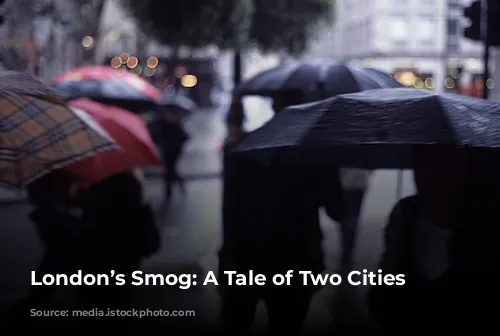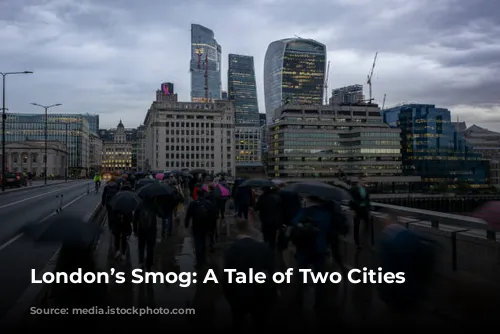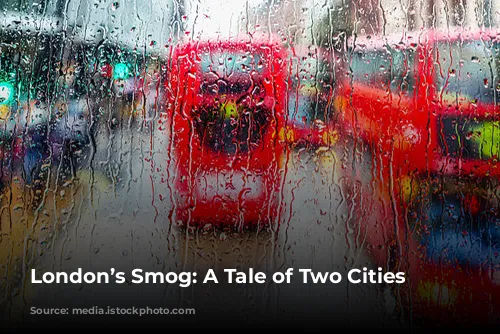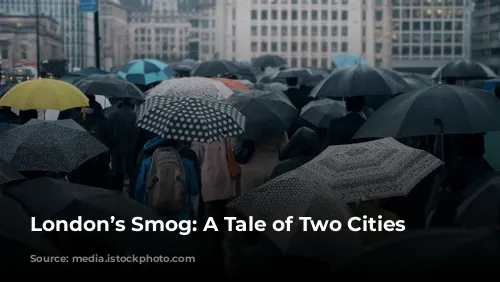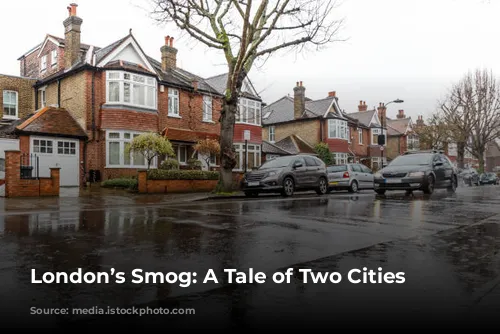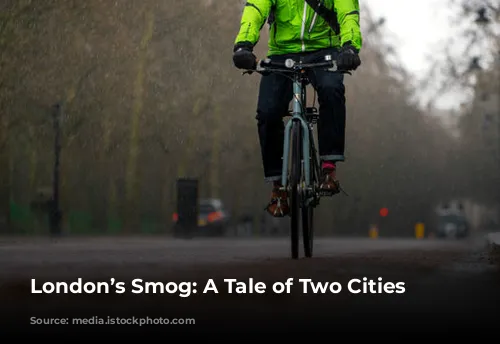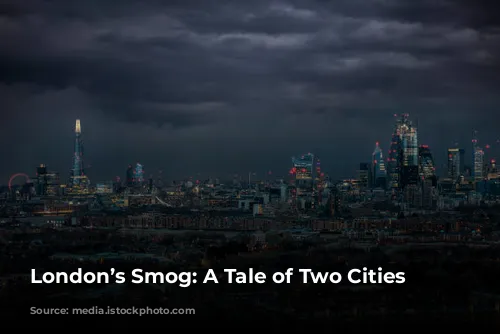London’s air quality was once a notorious issue, synonymous with the term “smog” – a blend of fog and smoke. In the early 20th century, this toxic mix was caused by coal fires spewing sulfur dioxide and smoke into the air. The East End, with its densely packed factories and homes, was especially affected, suffering from the highest concentration of pollution. The low-lying land trapped the smoke, making the air thick and heavy.
This section describes the history of London’s smog problem.
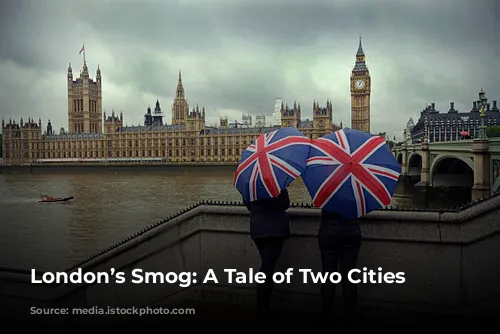
From Smog to Sunshine: A Clean Air Revolution
Thankfully, London was not condemned to a life of smog forever. The Clean Air Acts of 1956 and 1968 prohibited coal burning, leading to a remarkable turnaround. Demolition of older housing and the decline of manufacturing industries further reduced air pollution. While the visible smog vanished, new, less obvious pollutants like carbon monoxide and nitrogen dioxide remained.
This section describes the solutions that led to cleaner air in London.
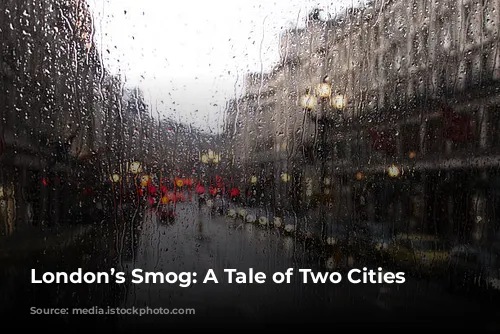
The Invisible Enemy: Air Pollution Persists
These new contaminants were still a danger to London’s health. Traffic fumes, trapped by the city’s topography, caused eye irritation, asthma, and respiratory issues. However, the city’s unpredictable weather prevented the build-up of severe photochemical smog like that seen in Los Angeles.
This section highlights the ongoing air pollution problem in London, despite the progress made.
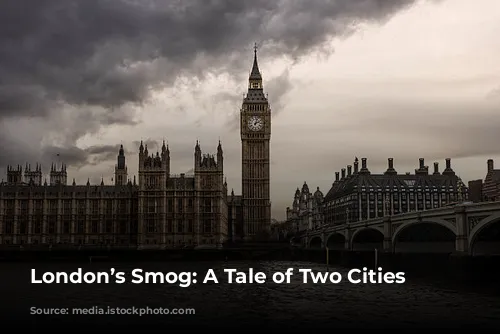
The River Thames: A Rebirth
London’s waters were once as polluted as its air. Industrial waste and sewage poured into the Thames, turning it into a murky, oxygen-deprived channel. But the same environmental regulations that improved air quality also cleaned up the river. Once again, fish returned, including salmon, trout, and eels. Birds like herons and gannets also took up residence along the riverbanks.
This section details the drastic improvement in the River Thames water quality.
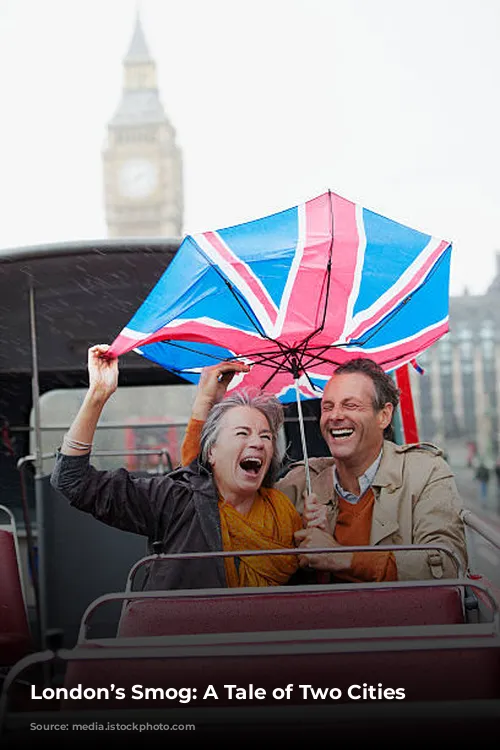
Facing the Flood: The Thames Barrier
While London’s air and water quality improved, a new challenge emerged – flooding. The Thames’s water levels had been rising steadily due to factors like the tilting of Britain’s landmass and the extraction of water from the chalk aquifer. To protect the city, the Thames Barrier was built in 1982.
This section introduces the issue of flooding in London and the Thames Barrier as a solution.
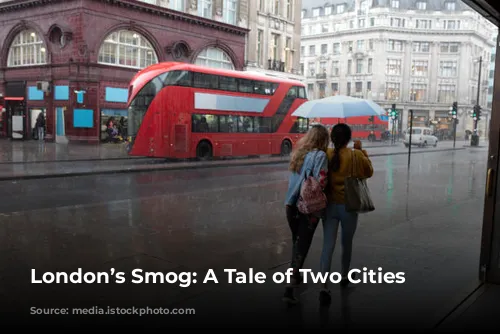
A Wall Against the Tide: The Thames Barrier’s Defense
The Thames Barrier is a marvel of engineering. It consists of 10 movable gates that rise to block the incoming tide when flooding is imminent. The barrier, positioned 8 miles downstream from London Bridge, is a critical defense against rising water levels. Downstream, floodgates and walls protect the estuary marshes from backsurges.
This section provides a detailed explanation of how the Thames Barrier operates.
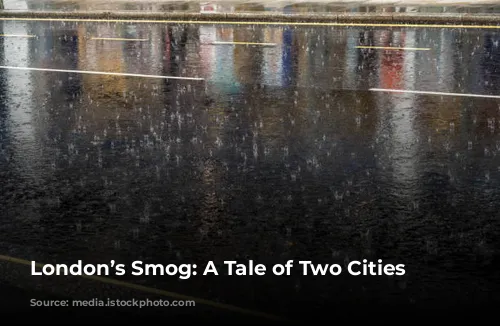
A City Resilient: London’s Future
London has faced and overcome many environmental challenges. From smog-filled skies to polluted rivers, the city has shown its ability to adapt and improve. The Thames Barrier serves as a testament to London’s commitment to protecting its citizens and infrastructure from the threat of flooding. The city’s history demonstrates its resilience in the face of environmental adversity.
This section summarizes the main points of the article and emphasizes London’s resilience.
